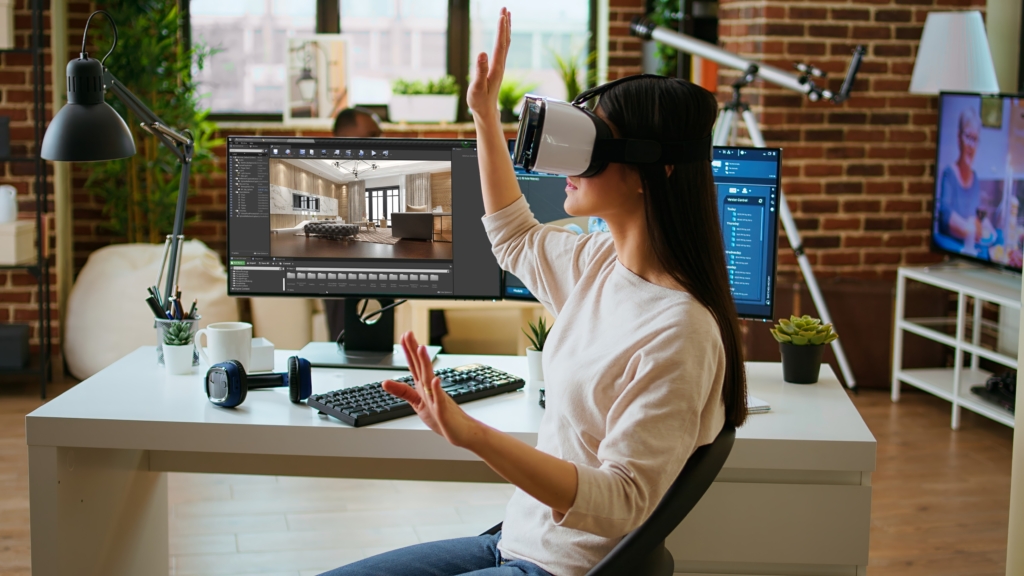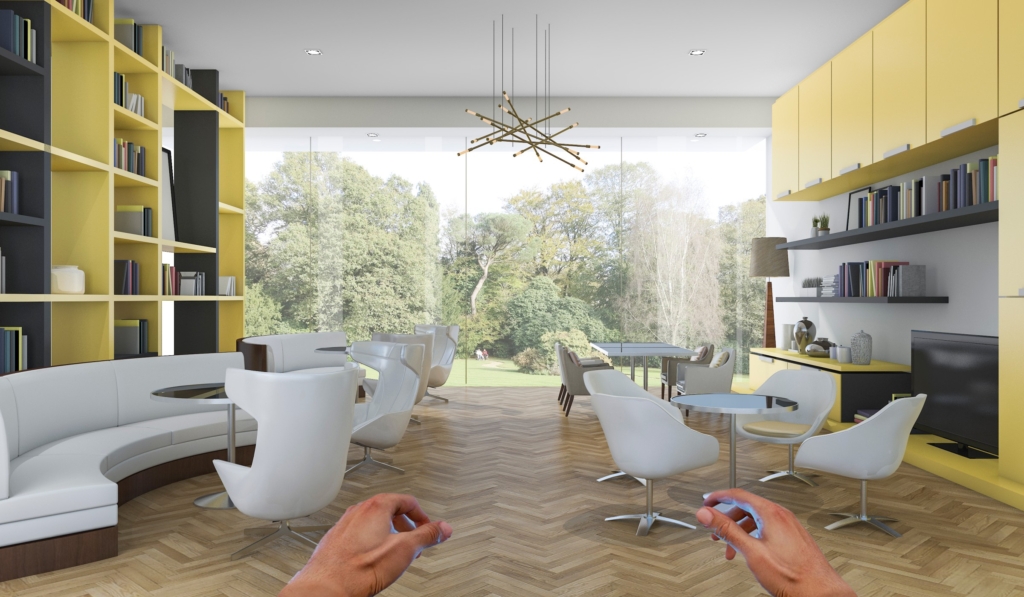
3D Rendering Isn’t What It Used to Be — And That’s a Good Thing
In the fast-evolving world of architecture, interior design, and real estate, visuals do more than just look impressive — they shape decisions, build trust, and drive approvals. For years, though, traditional rendering tools made progress harder than it needed to be. Software like Lumion, SketchUp, and 3ds Max required powerful machines, time-consuming rendering processes, and often needed re-rendering for even small adjustments. The result? Static visuals, long delays, and rigid workflows that slowed down creativity.
The Old Way: Why Traditional Rendering Fell Behind
Before the integration of AI and real-time rendering engines, professionals faced a number of pain points:
- Long rendering times: A single lighting or material change meant hours of reprocessing.
- No interactivity: Outputs were limited to flat images or pre-recorded videos, offering no dynamic exploration.
- Limited customization: Adjusting layouts, materials, or design concepts typically meant restarting the process.
The Shift: AI + Unreal Engine Are Changing the Game
Thanks to the power of AI and Unreal Engine, the rendering game has changed completely. Designers can now create Real-Time Photorealistic, and Fully Interactive 3D Environments. There’s no need to finalize a project before it’s shared — visuals can be updated, explored, and experienced live, across devices including laptops, mobile phones, or VR headsets. Instead of exporting large files or fixed renders, professionals can share fully interactive walkthrough links. Viewers can navigate spaces on their own, get a true sense of depth, and make informed decisions more quickly and confidently.
What’s Possible Now?
This new wave of rendering technology is making design more fluid, collaborative, and engaging than ever.
- ✅ Real-time rendering: Make design changes and see them instantly, with no delay.
- ✅ Interactive 3D walkthroughs: Move through a space like a game — zoom, rotate, pan, and walk around.
- ✅ WebGL VR, and mobile compatibility: Share visuals easily through browsers or mobile — no installs required.
Why Old Tools Just Don’t Cut It Anymore
While legacy tools still have a role in the design ecosystem, they simply weren’t built for the demands of today’s fast-paced, immersive workflows. Static visuals lack the emotional and spatial impact that interactive 3D delivers. In a digital-first era, speed, flexibility, and engagement aren’t just nice-to-haves — they’re essential.
Real-Time Rendering in Action
- Real Estate: Virtual tours allow prospects to explore properties from anywhere.
- Architecture: Teams collaborate around real-time models with instant design tweaks.
- Interior Design: 3D mood boards and immersive storytelling bring ideas to life faster.
- Retail & Hospitality: Pre-construction walkthroughs help align stakeholders before a build begins.
Many industries have already adopted real-time rendering as a standard part of their process, unlocking new levels of efficiency and creative freedom:

Final Thoughts: The Future Is Real-Time
Modern design is no longer just about the end result — it’s about creating a seamless, immersive journey. AI and Unreal Engine make that journey faster, smarter, and more collaborative. Instead of static snapshots, we now have living, breathing environments that evolve with input, showcase ideas in full depth, and make projects easier to understand and approve.
Ready to Upgrade?
If you’re still relying on traditional rendering tools, you’re likely leaving speed, creativity, and client engagement on the table. It’s time to step into a new era of design.
📩 Reach out today to explore how we can bring your vision to life — faster, smarter, and fully interactive in 3D.
Proudly powered by XLR8STUDIO





